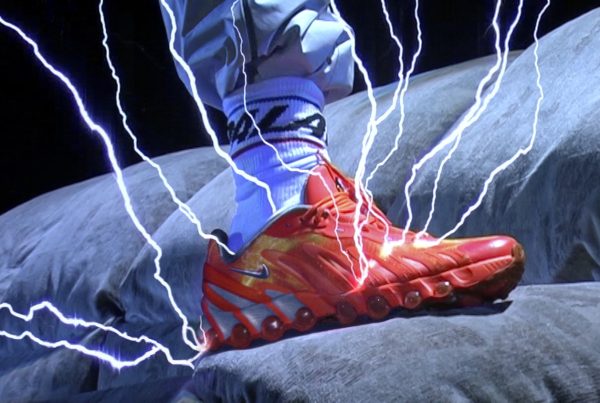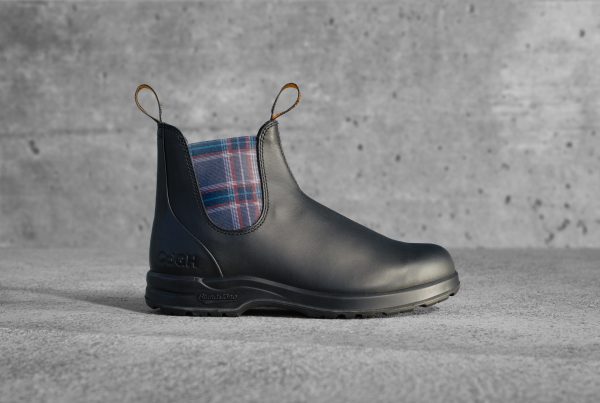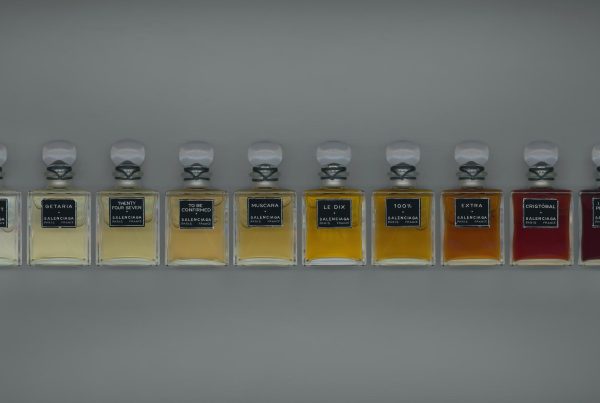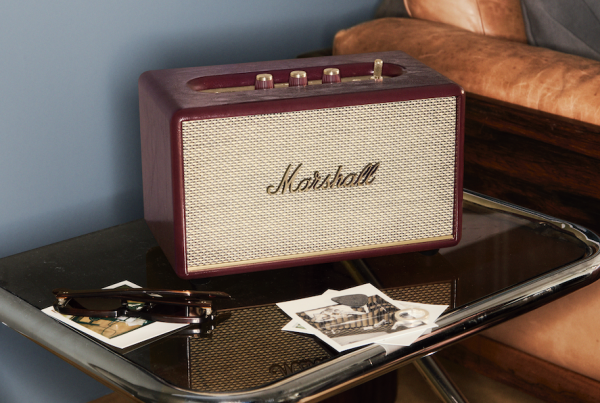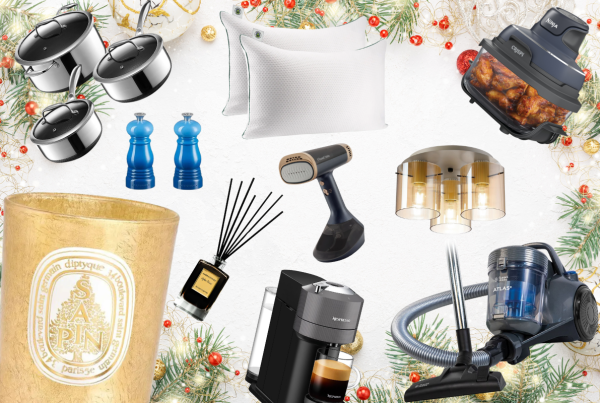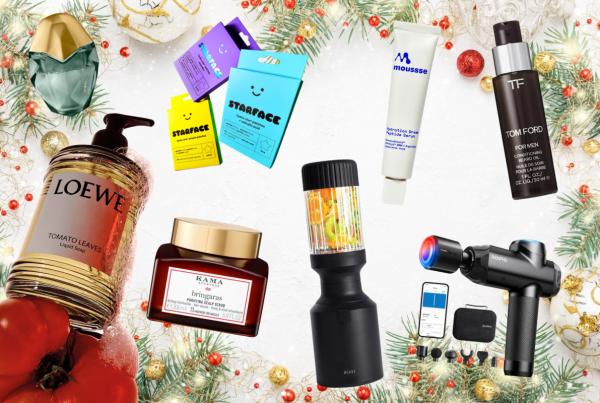
What a marvellous invention. The plasma pen, also known as a fibroblast plasma pen, is a non-invasive device gaining popularity in the cosmetic industry for its skin tightening and rejuvenation capabilities. This advanced tool uses plasma energy to address a variety of skin concerns, offering a less invasive alternative to traditional surgical procedures.
How It Works
The plasma pen operates by creating a small electrical arc that ionises atmospheric gas into plasma. When this plasma touches the skin, it causes a controlled micro-injury in the epidermal layer. This micro-injury stimulates the body’s natural healing process, leading to increased production of collagen and elastin. The heat generated by the plasma also causes tissue contraction, which helps to tighten the skin and reduce wrinkles. This dual action of collagen production and tissue contraction makes the plasma pen an effective tool for skin rejuvenation.
Uses and Benefits
Skin Tightening: One of the primary uses of the plasma pen is to tighten sagging skin. This is especially effective around delicate areas like the eyes (eyelid tightening or non-surgical blepharoplasty), neck, and jawline.
Wrinkle Reduction: The plasma pen effectively reduces fine lines and wrinkles, particularly in areas where other treatments might not be suitable. The precise application of plasma energy helps to smooth out the skin’s surface.
Scar Improvement: The device can improve the appearance of various scars, including acne scars, surgical scars, and stretch marks. By promoting skin regeneration, it helps to smooth out the scarred areas and improve skin texture.
Pigmentation Issues: The plasma pen can treat hyperpigmentation and other skin discoloration issues by removing the outer pigmented layers of the skin. This leads to a more even skin tone.
Skin Lesion Removal: It is also used to remove benign skin lesions such as skin tags and moles, offering a precise and non-invasive method for lesion removal.
Procedure and Recovery
Before the procedure, the treatment area is numbed with a topical anaesthetic to minimise discomfort. The procedure itself can take anywhere from 30 minutes to an hour, depending on the size of the area being treated. After the treatment, patients might experience redness, swelling, and scabbing as the skin heals. It’s important to follow aftercare instructions, which typically include avoiding sun exposure and not picking at the scabs. Complete healing and visible results can be seen within a few weeks to a couple of months.
Advantages
– Non-Surgical: The plasma pen provides an alternative to invasive surgical procedures, making it accessible to a broader range of patients.
– Minimal Downtime: Compared to surgery, the plasma pen treatment has a shorter recovery period, allowing patients to resume normal activities more quickly.
– Precision: The device can target specific areas with great accuracy, making it suitable for delicate areas and detailed work.
– Long-Lasting Results: The results of plasma pen treatments can last several years, though maintenance treatments might be necessary.
Considerations
While the plasma pen is generally safe when performed by a trained professional, it may not be suitable for everyone. People with certain skin types, conditions, or those prone to keloid scarring may need to avoid this treatment. It’s always recommended to consult with a qualified aesthetician or dermatologist to determine if this treatment is right for you.
Mixed Reviews and Side Effects
People have mixed reviews about plasma pens. Many users report positive experiences, noting improvements in skin texture, reduced wrinkles, and overall satisfaction with the results. They appreciate the non-invasive nature of the treatment and the relatively quick recovery time. However, there are also concerns about the safety and effectiveness of plasma pens. Some users have reported side effects such as burns, scarring, and skin discoloration. There are risks associated with the use of plasma pens, including infection, skin damage, and allergic reactions.
Notable Manufacturers
Several companies produce plasma pens, each with unique features and benefits.
- Plasma Elite: This device is 100% made in the UK and designed according to strict safety standards. It features ground-breaking technology to ensure consistent delivery of plasma, promoting precise spotting and sublimation.
- Subnovii: Manufactured by Cartessa Aesthetics, Subnovii is an FDA-cleared device that uses LF+ technology, which combines low-frequency energy with a patented wavelength and power combination.
- Premium Plamere Pen: This pen is known for its versatility and ergonomic design, making it user-friendly for various treatments, including non-surgical blepharoplasty, acne improvement, and pigmentation reduction.
The plasma pen represents a significant advancement in non-invasive cosmetic treatments. It offers a versatile and effective solution for various skin concerns, from tightening sagging skin to improving scars and pigmentation issues.
As with any cosmetic procedure, it’s essential to do thorough research and consult with a qualified professional to ensure the best results. By understanding the benefits, procedure, and potential risks, patients can make informed decisions about incorporating plasma pen treatments into their skincare regimen.










